Cost of Filling a Cavity With Insurance
This article has everything you need to know to understand “How much does it cost to fill a cavity with insurance?”
Introduction
On average, the lifespan of composite fillings is approximately five years, although, with proper maintenance, they can endure up to 15 years. The expense of a composite filling depends on whether you have dental insurance. If you are insured, the cost can be around $200, but without insurance, the expense can be roughly $250 for one or two surfaces and up to $450 for fillings that cover three or more surfaces.
The cost of a tooth filling depends on factors such as the filling material type, the procedure’s complexity, and whether or not you have dental insurance. If you or your child experiences tooth pain or discomfort, it is important to see a dentist promptly to address the issue and prevent further complications, such as additional cavities.
What prevents numerous individuals from visiting the dentist is the potential cavity-filling cost. Regardless of whether you have dental insurance, it may not cover each dental aid, for example, if the system isn’t considered therapeutically important promptly.
Insurance companies can help individuals without insurance find affordable dental care options for cavity fillings. Most insurance providers, including Medicaid, accept patients who do not have insurance, providing options for cost savings.
What is a dental filling?

Tooth decay or cavities are openings that occur on the surface of teeth. Poor dental hygiene and infrequent dental checkups can cause cavities to start small and gradually grow. Cavities may result from various factors, such as bacterial infections, consuming sugary drinks and snacks, and improper dental hygiene. They can be challenging to identify at first, particularly to untrained individuals. Typically, people only seek dental care when the cavities are already significant and causing pain.
If left untreated, cavities can lead to tooth loss, infection, and toothaches. To treat tooth decay, dentists use a drill to remove any decaying material from the tooth and then fill the space with gold or silver, porcelain fillings, or composite resin. Cavity-filling is a simple procedure that can be completed during one visit to the dentist.
There are a few components to consider to make sense of what the expense of the filling will be; this is what you have to know in addition to – how much it costs to fill a cavity with insurance.
Tooth filling procedure
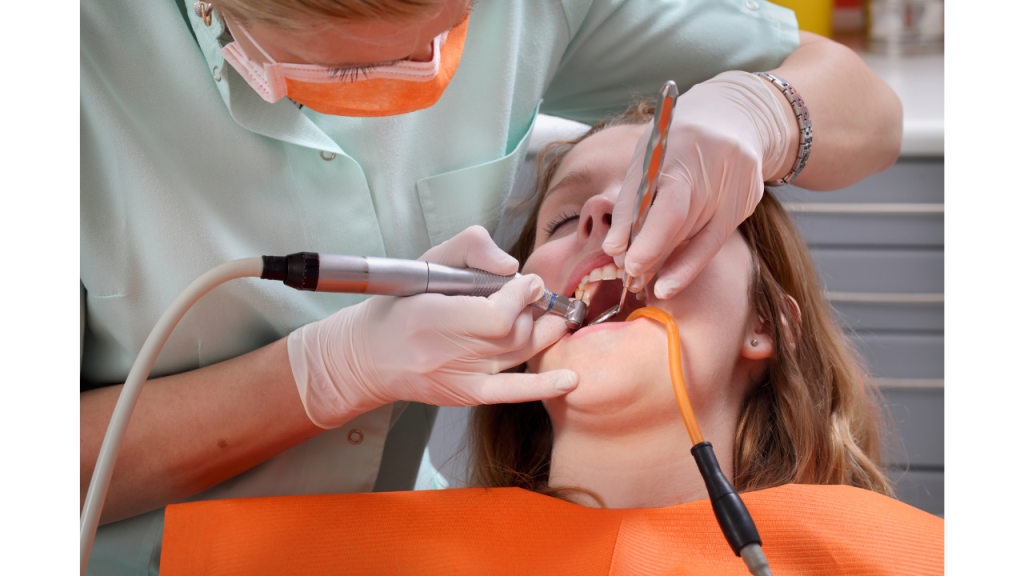
To begin with, the dentist will numb the region around the tooth with a local sedative. Next, a drill, air-scraped spot instrument, or laser will be utilized to eliminate the cavity. The instrument’s decision relies upon the individual dentist’s comfort level, preparation, and interest in the specific bit of gear, just as the area and degree of the cavity.
Next, your dentist will test or examine the zone during the cavity evacuation cycle to decide whether all the cavity has been eliminated. When the cavity has been eliminated, your dentist will set up space for the filling by cleaning the cavity of microbes and tar. If the cavity is close to the root, your dentist may initially place it in a liner made of glass ionomer, composite tar, or other material to ensure the nerve. For the most part, after the filling is in, your dentist will fill and clean it.
A few extra steps are required for tooth-hued fillings and are as per the following.
After your dentist has eliminated the cavity and cleaned the region, the tooth-shaded material is applied in layers. Next, an exceptional light that “fixes” or solidifies each layer is applied. When the multilayering cycle is finished, your dentist will shape the composite material to the ideal outcome, trim off any overabundance of material, and clean the last reclamation.
Unfortunately, cavity fillings are not intended to keep going forever; however, you can take a few steps to extend the life of your filling.
If you’ve quite recently gotten a cavity filling, you might need to forgo practices, including:
- Abstain from devouring solid foods until 24 hours after filling the cavity. This will give you the time to set up and secure your tooth.
- Do whatever it takes not to eat or drink anything until the sedation has worn off.
- When you choose to eat strong foods, think about your pain resistance and decide if you have to take any prescription before eating to limit any expected distress.
- Avoid eating food items or refreshments that are very hot or cold.
- Likewise, you should maintain a strategic distance from clingy or hard bites like gum or popcorn.
- If you just had one cavity filled on a specific side of your mouth, give biting a shot at the contrary side for the initial few days after getting the filling.
- If you experience inflammation around the filling over about a month after your cavity has been filled, contact your dentist about the issue.
For those that have existing cavity fillings, here are a few tips that can increase the life of these dental fillings:
- Cut off the measure of sweet beverages and foods that you eat. These can cause corrosive development on your teeth and break down the filling material.
- Use toothpaste with fluoride to help clean your teeth more effectively.
- Mouthwashes that enter your mouth may contain alcohol. These should not be utilized often since they can break down a cavity filling after long-haul use.
- In any event, brush your teeth twice daily, ideally after dinners, and floss once daily to keep your filling clean of tar.
- Visiting your dentist often will likewise maintain your cavity filling. Your dentist will have the option to detect any issues with your filling and patch the issue before it aggravates.
Moreover, it is intended to make a dental procedure a pleasant and valuable experience. Part of how dentists do this incorporates a norm of straightforwardness for the entirety of their services. They’ll walk you and your kid precisely through what you can anticipate from any treatment — previously, during, and after. You can expect the filling cycle to last about 60 minutes, from when your session starts to when the dental work is finished.
The initial step, as is for the situation in most dental medicines, is an essential physical assessment and perhaps X-rays if vital. Next, the dentist will numb the region around the cavity, including your teeth, gums, and the encompassing skin. At last, they will bore a gap into the cavity and supplant it with a filling. Even though your mouth might numb for a couple of hours after that, as the sedative wears off, the actual cycle takes only a few moments.
How much does it cost to fill a cavity without insurance?

Dental filling costs without insurance can differ depending upon the number of fillings your child needs, just like the material used to fill the tooth. To best see how these expenses may change, you’ll need to plan a meeting with your dentist, but on the other hand, there’s a great deal you can find out about cavity filling costs without insurance before coming in.
- Metal (silver combination) fillings: They can cost between $50 and $150 for one to two teeth and between $120 and $300 for multiple teeth.
- Tooth-shaded gum fillings: usually cost between $90 and $250 for one to two teeth and somewhere between $150 and $450 for at least three.
- Porcelain or cast-gold fillings: These are the most costly alternative. They can cost somewhere in the range of $250 to $4,500, contingent upon the size of the cavity.
You should consistently ask how many procedures will cost before you settle on a decision. If you have medical coverage, you should inquire as to whether they have a rundown of affirmed dentists. You can likewise look for a dentist through the American Dental Association or search for local dentistry schools that might have the option to offer you benefits at a markdown if you don’t have insurance.
Is it true that you are worried about what amount of dental filling costs? Dental procedures can be costly, yet they don’t need to burn up all available resources or be far off. Your children can get the minimal-effort cavity fillings they need with an adaptable installment intended to accommodate your expenditure plan. There are dentist’s clinics that offer practical, quality dental work for kids. Their group can work with you to discover reasonable alternatives to pay for a dental filling.
While they acknowledge most types of insurance, just as Medicaid and TRICARE, they likewise offer other installment alternatives for families without insurance.
They acknowledge patients who pay with money or Visa, and even CareCredit—a medical care charge card that permits you to make simple, regularly scheduled installments for therapies and methods.
Variables determining the cost of a filling
Before a dentist does fillings, they normally do an x-ray to perceive the degree of the harm. When it is resolved that you need a filling, the dentist should set up the tooth for the filling. This tooth procedure may include sedatives, at that point boring to eliminate the cavity from the tooth before the fix and filling can be finished.
The degree of penetration and planning of the tooth is controlled by the filling you pick. The expense of your filling relies upon every one of these components.
Nobody can answer what your filling or fillings will cost since it relies upon the individual harm you have on your tooth. These are the various interesting points regarding the cost of a filling:
-
The costs of the dentist doing the procedure may vary from dentist to dentist.
What procedures will be done before the filling? A genuine case of something that will cost cash before getting your filling is the X-ray. Your dentist may likewise need to do a cleaning or evacuation of development on the teeth. Be certain and get some information about the complete expense of your visit, not simply the expense of the filling itself.
-
The material of the filling
The filling influences the teeth; for instance, a few teeth will be more costly to fill than others. If a few surfaces on the tooth should be filled, the cost will go up at that point. For instance, if individually the head of the tooth should be filled, at that point, it will be a lot less expensive than if the sides likewise must be filled.
One of the primary factors in deciding the expense of the filling has to do with which sort of material you use. The information beneath analyzes the cavity filling cost by the filling type.
-
Direct Composite Bonding Amalgam or Silver/Metal Fillings costing: $110-$200
| Advantages | Disadvantages |
| Expected to last 10-12 years | It may cause problems for people with metal sensitives |
| Takes less time | It does not bond to the tooth |
| Usually covered by insurance | Corrodes over time |
| May discolor parts of the tooth |
-
Composite Resin Fillings Costs: $135-$240
| Advantages | Disadvantages |
| Expected to last 5-7 years | Cost more, maybe up to two times the price of the metal filling |
| It has a natural appearance | It may not be fully covered by insurance
|
| Require less tooth preparation | Procedure takes longer |
| Bonds directly with the tooth | |
| Strong material |
-
Inlays and Onlays, Gold costs: $250-$4,500
| Advantages | Disadvantages |
| It can last up to 15 years | Cost is the highest |
| Very strong material | There is the possibility of galvanic shock |
-
Ceramics (Porcelain) Costs: $250-$4,500
| Advantages | Disadvantages |
| Expected to last 7 years | Cost among the highest of all fillings |
| More resistant to staining | More brittle or delicate than the composite resin
More preparation of the tooth (drilling) |
Having a decent Visa in your wallet can be helpful in case you’re confronting costly dental work.
If the tooth that requires a filling is difficult to reach, for example, a molar, anticipate that the expense should go up. If there are complexities, this additionally builds the final cost.
The assessed cost for most fillings incorporates the cost of local sedation. Be that as it may, restless patients, or patients who struggle to remain still for significant periods, for example, little kids, may require sedation. If your filling requires sedation, add the accompanying standard charges to the expense of your filling:
Sedation method fee
- Nitrous oxide (laughing gas) $50
- Oral sedation $245
- Intravenous sedation $562
There are a few unique sorts of fillings from which you can pick. Mainstream decisions include:
- Composite sap—white fillings—will coordinate the typical shade of your tooth
- Porcelain, decorate, on-lay fillings, and cast-gold fillings are the most costly fillings
- Metal fillings or mixture fillings are a blend of metals, including silver, tin, mercury, copper, and zinc.
Throughout the long term, individuals have scrutinized the well-being of the presentation of mercury in fillings. Notwithstanding, the American Dental Association (ADA), U.S. Habitats for Disease Control and Prevention (CDC), and the U. S. Food and Drug Administration (USDA) has come out with studies and proclamations that these have not been unsafe to grown-ups or youngsters ages six or more.
What to consider about each filling material
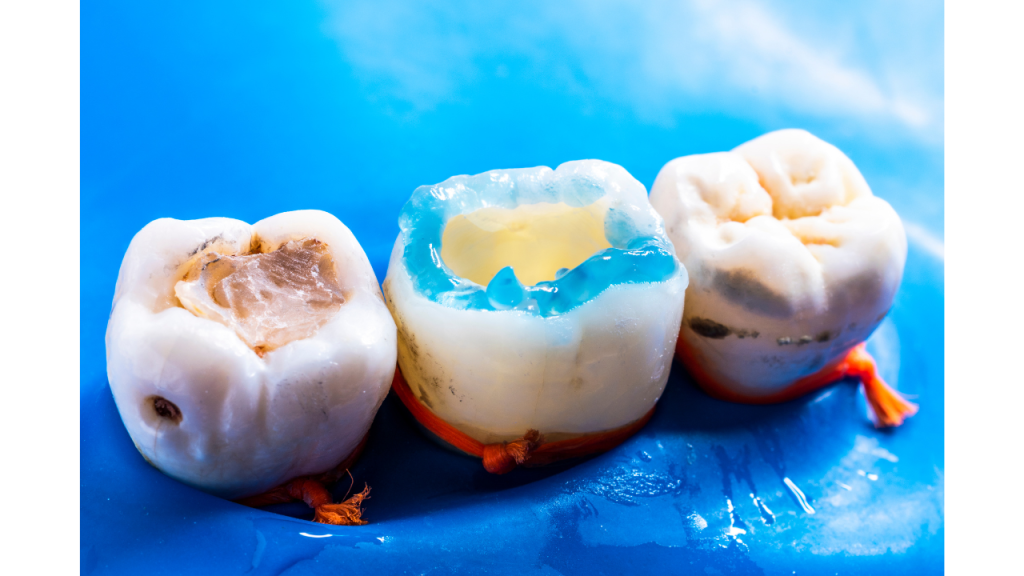
Silver Fillings
This strategy for cavity filling has been utilized for more than 150 years, and it can contain a blend of metals, including Elemental mercury, Silver, Tin and Copper.
Although liquid mercury comprises almost 50% of silver fillings, it is stabilized when combined with these other compounds to form a safe, FDA-approved cavity filling.
Composite resin fillings
These cavity fillings are made out of acrylic material, a type of plastic, and afterward joined with powdered glass filler to create a more grounded compound. The advantage of picking this filling material is that the shade of the tar can be tweaked, so your cavity filling won’t draw a lot of consideration as it mixes in with the encompassing teeth.
Porcelain and cast-gold fillings
Although these kinds of filling materials can cost up to multiple times more than metal fillings, their solidness pays off over the long haul. They will generally last as long as 15 years or more since they can withstand erosion, which means you won’t need to top off your cavities for longer than ten years.
How much does it cost to replace a filling?

The cost of replacing a filling hinges largely on the material used in your tooth restoration. Several factors can influence the expense of your cavity filling:
- Number of affected teeth: Expect a higher cost if multiple fillings are required, as opposed to just one cavity.
- Duration of the procedure: If your tooth or gum condition necessitates multiple dental visits, the cost may rise due to extended treatment time.
- Location of the cavity: Cavities in hard-to-reach areas may require additional time or equipment, potentially increasing the overall cost.
- Impact on tooth function: Cavities in teeth involved in chewing harder foods may require stronger materials, contributing to higher costs for quality fillings.
- Regional differences: The cost of living varies across different U.S. regions, affecting the overall price of cavity fillings without insurance. It’s essential to estimate costs specific to your city and state.
- Dentist variations: Dental practices differ in their pricing and insurance acceptance, affecting cavity filling rates. Dentists also offer varying payment options, influencing overall costs.
Does insurance pay for cavities?

If you have supplemental medical coverage like a dental insurance plan, at that point, the dentist can interface with your insurance agency and get a report back of what will be secured and for how much.
Your medical coverage plan may have limits on the amount you are secured for fillings every year. On the off chance that you, as of late, bought your dental arrangement, you may likewise have a dental insurance holding-up period before you are secured.
It is best to check with your insurance before you complete the work since medical coverage plans can be unique.
For instance, if your dental insurance pays 80% of the expense of the system, you ought to pay 20%. If your dental arrangement pays half, at that point, your cost will be higher. You will likewise need to check if you have a deductible to pay.
Dental procedures can be costly. Numerous patients attempt to stay away from dental expenses by evading dental insurance through and through. While dental insurance inclusion does ordinarily require a month-to-month or yearly charge and some forthright expenses or co-installments, by and large, dental insurance brings down an individual’s general dental expenses. Patients with “normal” dental plans can decrease their costs by the accompanying sums:
- 100% of expenses for yearly routine consideration.
- 80% of expenses for fillings, fundamental techniques, and root channels.
- 50% of expenses for scaffolds, crowns, and other significant systems.
There are more dental insurance options than ever in recent history, so finding the correct arrangement to adjust your costs versus investment funds is conceivable. As indicated by The American Dental Association’s examination, the dental benefits market in 2020 gives more alternatives to Americans, and expanded straightforwardness by the central government makes it simpler to explore the framework. These administrative changes have made discovering data and getting incredible inclusion simpler.
The material used to fill the tooth is a significant factor in how much a filling will cost. Two of the most widely recognized filling materials are combination and composite.
Combination fillings comprise different materials, including silver, tin, zinc, mercury, and copper. Their silver shading makes combination fillings effectively observable, yet they are sturdy — enduring as long as 10 years. This is likewise the least expensive material for fillings.
If you have dental insurance, hope to pay a normal of about $89 for a combination filling. Without insurance, you’ll settle up to $150 for a filling on a couple of tooth surfaces. Mixture fillings that spread at least three surfaces of the tooth run from $120 to $300.
Composite material consolidates plastic with fine glass particles to make a filling that coordinates the shade of the tooth. The composite bonds to the tooth, bringing about a tooth that is more grounded than it would be with a blended filling. Composite fillings are more costly than blend fillings. You can anticipate that they should last for five years.
With dental insurance, you’ll typically pay $207 for a composite filling. Patients without insurance settle up to $250 for a composite filling covering a few surfaces. If the filling needs to cover at least three surfaces, hope to pay as much as $450. Some insurance agencies don’t cover the additional expenses related to composite fillings.
The gold compound is a substantially less basic material for fillings. In addition to the fact that it requires more work, gold expands the cost of the filling. Contingent upon the size, patients without dental insurance pay $250 to $4,500 for a gold filling. Most gold fillings last, at any rate, 15 years.
On the cavity, you need to pay your deductible. Your insurance covers an expressed sum at that point, subject to a yearly limit.
For instance, if you have a $300 deductible and your filling will cost $150, your insurance won’t pay anything for the filling. Your insurance may cover 20% of qualified procedures when you have met your deductible. Accepting you have just paid your deductible, a $150 filling would cost you $30. With the cost saved thanks to dental insurance, you might be able to save enough to get a new boiler installation.
What are the alternatives to dental filling?
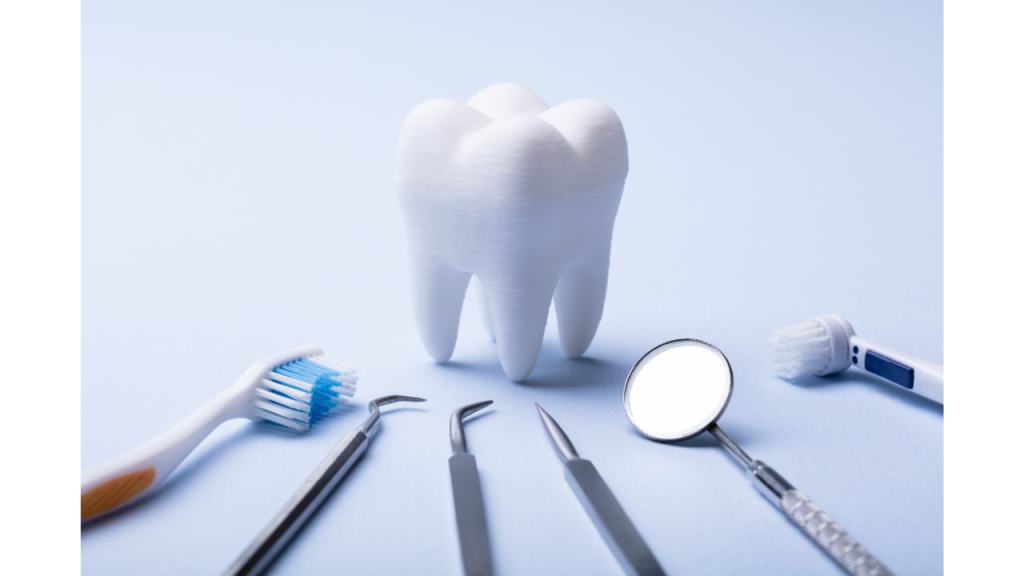
If you are uncertain whether you require a dental filling, consider the following:
- Get a second opinion: If you are unsure about a dental diagnosis or treatment recommended by your dentist, it may be wise to seek a second opinion from another dental professional. A second opinion can provide peace of mind and ensure you make an informed decision about your dental health.
- Silver diamine fluoride: SDF, known for potentially causing severe teeth staining, can effectively halt the progression of cavities in cases where traditional fillings may not be suitable. This is especially true for patients with special needs or young children with difficulty remaining still during a dental procedure or whose primary teeth are expected to fall out quickly.
- Ask your dentist to keep an eye on it: If the lesion on your tooth is tiny and has not penetrated the outer layer of enamel, your dentist may recommend a fluoride gel and suggest modifying your oral hygiene routine. They will assess the lesion at your next appointment to determine if it has progressed.
How To Keep The Cost Of Getting Filling Low?
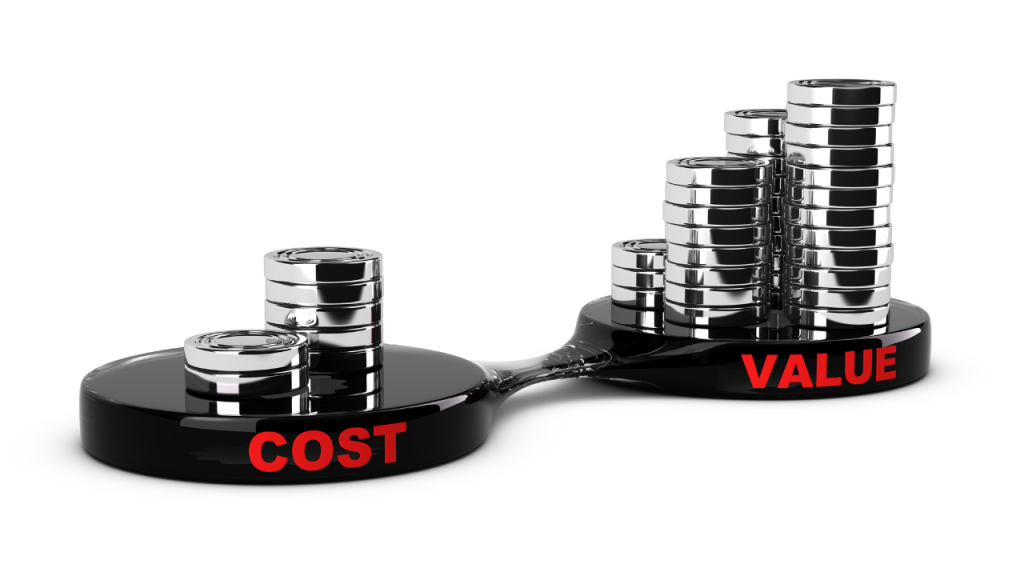
To keep the cost of getting a filling low, you can consider a few strategies:
- Dental insurance: Consider getting dental insurance or enrolling in a dental discount plan to help reduce the out-of-pocket cost.
- Regular dental checkups: By scheduling regular dental checkups and addressing any cavities early on, you may avoid more extensive and expensive treatments down the line.
- Choose the suitable filling material: Some materials, such as composite resin, may be more costly than others, like amalgam. Discuss with your dentist the pros and cons of each option to determine the most suitable and cost-effective option.
- Shop around: Consider seeking quotes from multiple dentists to compare prices and find the most affordable option.
- Proper oral hygiene: Maintaining good oral hygiene habits, such as brushing and flossing regularly, can help prevent cavities and the need for fillings.
FAQ
How much does it cost to fill up the cavity?
The cost of filling a cavity can vary depending on the size and location of the cavity, as well as the filling material used. However, the average cost for a dental filling is between $50 and $300.
How much does it cost to fill 10 cavities?
The cost of filling 10 cavities would be between $500 and $3,000. The exact cost would depend on the size and location of the cavities and the type of filling material used.
How much to Fill a Cavity
Fillings usually run $50 to $150 for a single silver amalgam. Tooth-colored composite fillings can be as expensive at 250 dollars, with porcelain being the most costly at 4k! On average, these treatments will set you back about 100 bucks. However, there’s no telling what your specific price range may be since it all depends on the material used and other factors that aren’t easily predictable by just looking online or talking directly with someone from this industry.
Conclusion
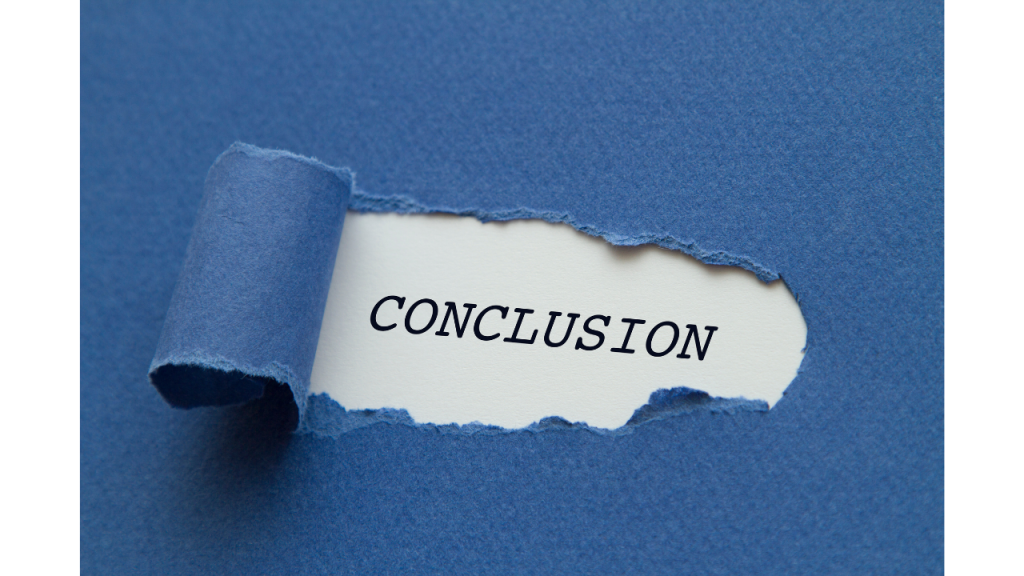
If left untreated, cavities may necessitate surgery. If you suspect your child has a cavity, it’s crucial to promptly seek dental attention. Evaluate your dietary habits to identify potential causes of cavities for you and your children.
Furthermore, dentists treat cavities by removing the damaged portion of the tooth and filling the area where decayed material was present.
Fillings are also employed to repair cracked or broken teeth, as well as teeth worn down from habits like nail-biting or tooth-grinding.






